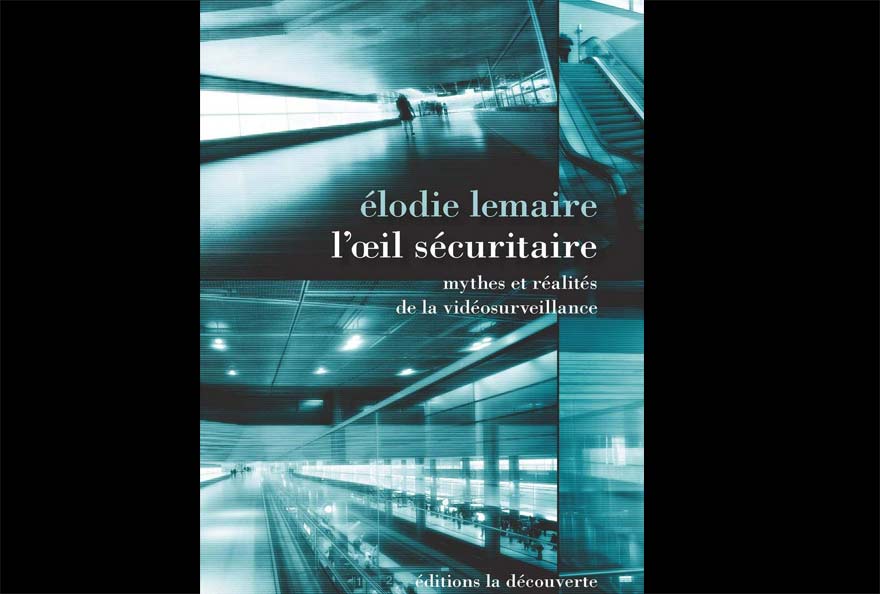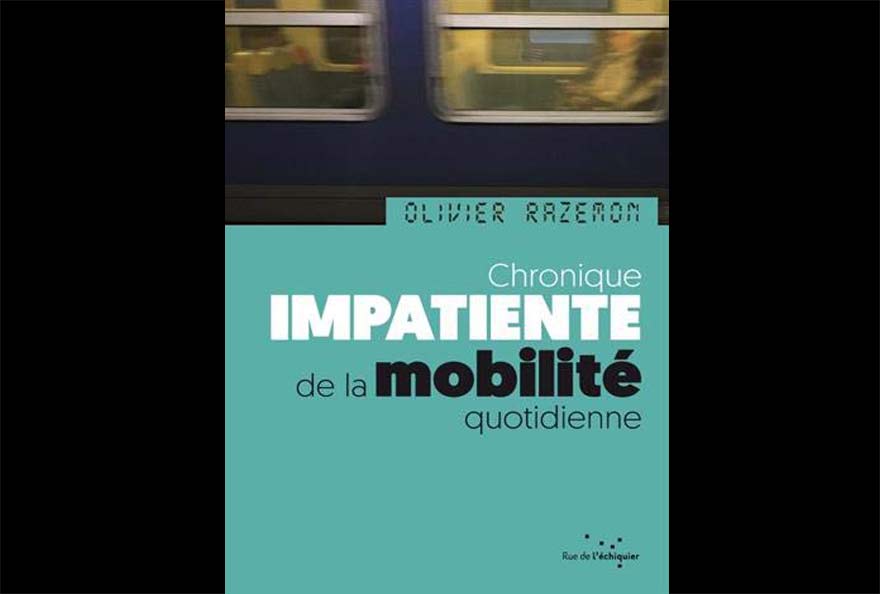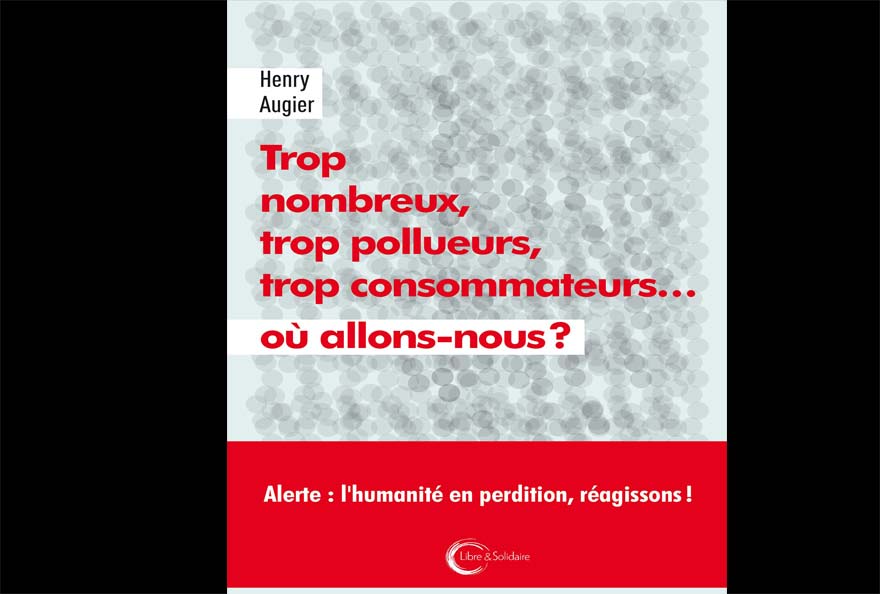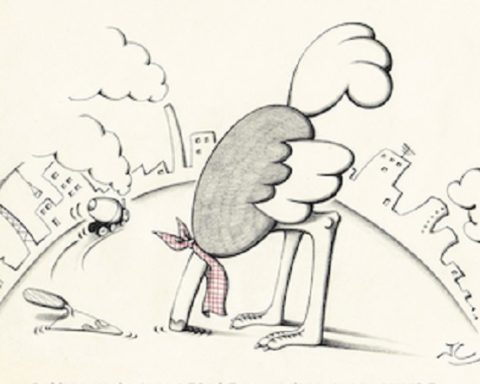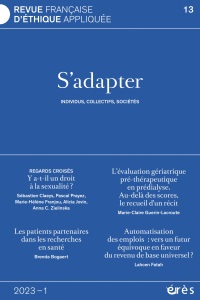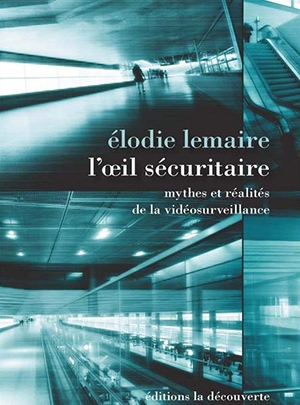 L'œil sécuritaire Myths and realities of video surveillance, by Elodie Lemaire
L'œil sécuritaire Myths and realities of video surveillance, by Elodie Lemaire
Editions La découverte, Collection Sciences humaines / " L'envers des faits ", directed by Stéphane Beaud, Fabien Truong and Paul Pasquali - March 21, 2019 - 208 Pages
During my research, I have often heard it said: "With the right in power, cameras grow like mushrooms! "This statement contains three prejudices that were quickly dispelled by the investigation. First, political colour is not decisive. Rather, video surveillance appears "as the proof of local configurations without it being possible to identify simple determinants".. "Second, the development of the cameras is not just an injunction from above. It goes beyond national promoters and involves not only local politicians, but also private security providers, consulting firms, municipal employees, neighbourhood committees, public transport companies, shop managers and police officers. Finally, one must be wary of a perceptionist view of changes, however spectacular they may be. Cameras are not everywhere. A look back at the genesis of the implementation of the system in the city where I conducted the study bears witness to this. »

